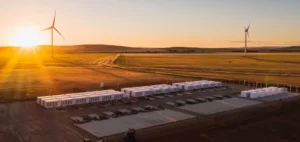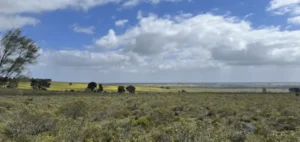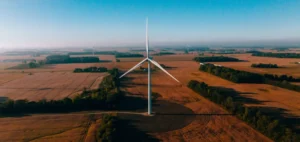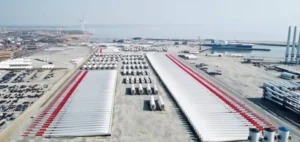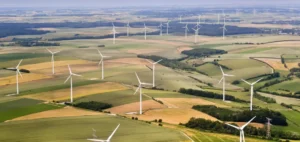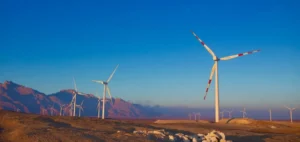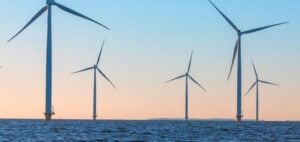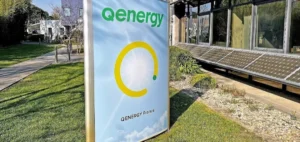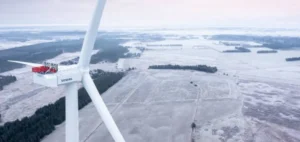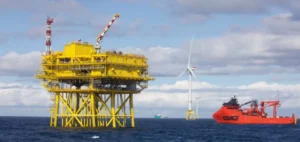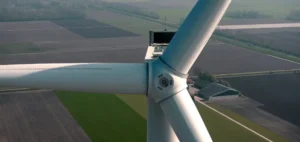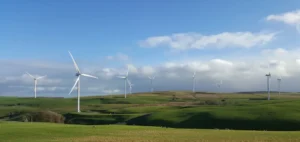The global offshore wind market, valued at $40.61bn in 2023, is expected to reach $92.99bn by 2030, with an average annual growth rate of 12.3% over the 2024–2030 period. This segment of the energy sector is attracting growing interest from both public and private stakeholders, supported by advances in turbine technology, diversification of project locations, and improved integration with existing electrical infrastructure.
Turbines and marine substructures boost installed capacity
Offshore turbines, central to the value chain, are benefiting from efficiency gains enabled by stronger materials and higher-capacity blades. Their modular design facilitates maintenance and reduces downtime. These technological advances now allow exploitation of more remote, high-wind maritime zones, thus increasing project profitability. Supply chains have also become more efficient, supported by closer coordination between manufacturers and developers.
At the same time, substructures such as monopiles, jacket structures, or floating platforms ensure installation stability, even in complex marine environments. Innovations in materials and engineering reduce installation costs and accelerate deployment timelines. This adaptability opens up new deep-water zones previously deemed inaccessible, increasing potential generation volumes.
Deep-water locations expand production potential
Maritime zones far from shore offer more stable and powerful wind conditions. Thanks to advancements in floating turbines and anchoring systems, these sites are becoming commercially viable. Less exposed to land-use conflicts and supported by favourable regulatory frameworks, these offshore installations are increasingly attractive to investors. Their appeal also lies in their ability to avoid coastal congestion and support a gradual ramp-up in installed capacity.
National authorities are backing this trend with supportive policies: subsidies, tax exemptions, and tariff mechanisms help mitigate early-stage project risks. Public-private partnerships also facilitate regulatory compliance and accelerate project timelines, lowering opportunity costs.
Grid integration supports the sector’s expansion
Integrating offshore wind farms into existing power grids relies on notable advances in subsea cabling and high-voltage transmission technologies. These innovations reduce energy losses over long distances. Investments in cross-border interconnections improve regional energy security and enable electricity exchange between neighbouring countries.
Grid operators are modernising infrastructure to better manage variable flows from renewable sources, incorporating automated regulation systems. Smart grid development enhances coordination between offshore installations and onshore substations, ensuring continuous supply to urban and industrial centres.




